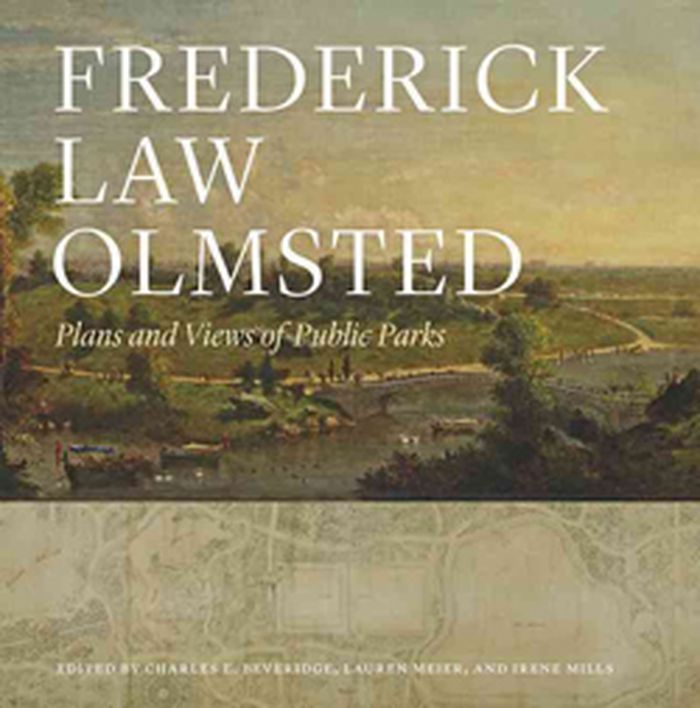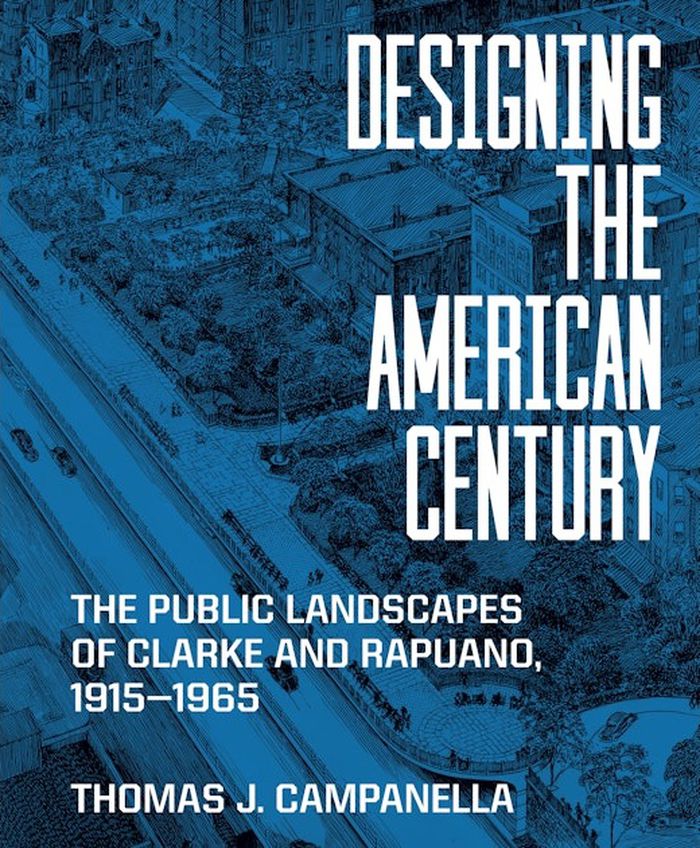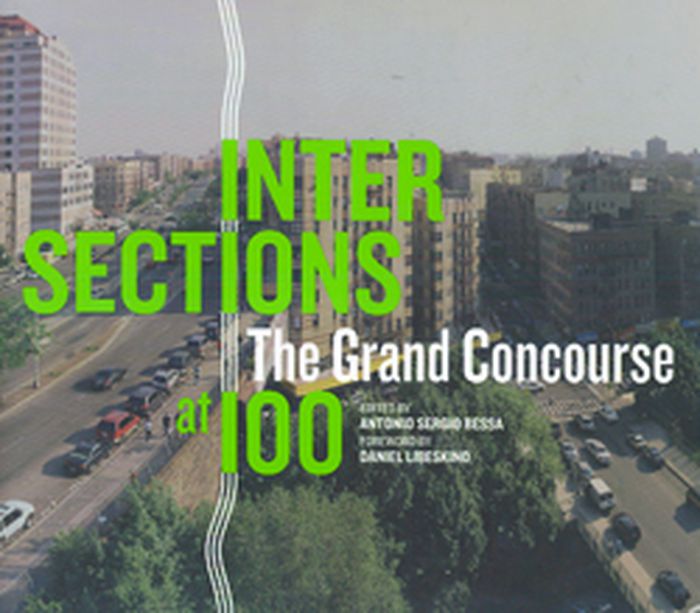books
Description:
ix, 1246 pages, xxxiv pages of maps, 25 unnumbered leaves of plates : illustrations, maps ; 24 cm
New York : Vintage Books, 1975., ©1974
The power broker : Robert Moses and the fall of New York / by Robert A. Caro.
Actions:
Holdings:
Description:
ix, 1246 pages, xxxiv pages of maps, 25 unnumbered leaves of plates : illustrations, maps ; 24 cm
books
New York : Vintage Books, 1975., ©1974
books
Description:
ix, 378 pages : illustrations, maps ; 26 cm
New York : Oxford University Press, 1998.
Country, park & city : the architecture and life of Calvert Vaux / Francis R. Kowsky.
Actions:
Holdings:
Description:
ix, 378 pages : illustrations, maps ; 26 cm
books
New York : Oxford University Press, 1998.
$96.95
(available to order)
Summary:
This book reveals Frederick Law Olmsted’s design concepts for more than seventy public park projects through a rich collection of sketches, studies, lithographs, paintings, historical photographs, and comprehensive descriptions. Bringing together Olmsted’s most significant parks, parkways, park systems, and scenic reservations, this volume takes readers on a tour of such(...)
Landscape Architecture, Monographs
May 2015
Frederick Law Olmsted: plans and views of public parks
Actions:
Price:
$96.95
(available to order)
Summary:
This book reveals Frederick Law Olmsted’s design concepts for more than seventy public park projects through a rich collection of sketches, studies, lithographs, paintings, historical photographs, and comprehensive descriptions. Bringing together Olmsted’s most significant parks, parkways, park systems, and scenic reservations, this volume takes readers on a tour of such notable landscapes as Central Park, Prospect Park, the Buffalo Park and Parkway System, Washington Park and Jackson Park in Chicago, Boston’s "Emerald Necklace," and Mount Royal in Montreal, Quebec. Frederick Law Olmsted (1822–1903) planned many parks and park systems across the United States, leaving an enduring legacy of designed public space that is enjoyed and defended today. His public parks, the design of which he was most proud, have had a lasting effect on urban America.
Landscape Architecture, Monographs
$20.95
(available to order)
Summary:
Conceived as a set of "Flexible Standards," this new addition to the Pamphlet Architecture series proposes a new way of thinking about roadways in cities. By reexamining the urban expressway as a political, physical, and mythic manifestation of American culture, this compelling pamphlet serves as a design manual for planners, a novel atlas for drivers, and a collection of(...)
Pamphlet architecture #26 : 13 projects for the Sheridan Expressway a.k.a. jump, slump, hump, bump : guide specifications for a post-Fordist infrastructure
Actions:
Price:
$20.95
(available to order)
Summary:
Conceived as a set of "Flexible Standards," this new addition to the Pamphlet Architecture series proposes a new way of thinking about roadways in cities. By reexamining the urban expressway as a political, physical, and mythic manifestation of American culture, this compelling pamphlet serves as a design manual for planners, a novel atlas for drivers, and a collection of proposals that reaffirm the role of architecture in urban planning. The thirteen projects take as their subject a site of contested transportation infrastructure — the Sheridan Expressway. By proposing new typologies for this site, these studies seek to mediate the spaces in the city where local and regional meet. Referencing the introduction of the modern parkway into the Bronx, the grading of the Central Park transverse roads, and other works that have redefined the relationship between parks and roads, author Jonathan Solomon suggests a system by which large projects might again be built in American cities.
small format
books
Description:
xiii, 459 pages : illustrations (some color), maps (some color) ; 29 cm
Boston : Pearson, ©2012.
Urbanization : an introduction to urban geography / Paul L. Knox, Linda McCarthy.
Actions:
Holdings:
Description:
xiii, 459 pages : illustrations (some color), maps (some color) ; 29 cm
books
Boston : Pearson, ©2012.
$98.00
(available in store)
Summary:
Gilmore D. Clarke and Michael Rapuano were the foremost spatial designers of the American century. Their vast portfolio of public landscapes propelled the legacy of Frederick Law Olmsted and Calvert Vaux into the motor age, touching the lives of millions and changing the face of the nation. This book recovers the forgotten legacy of Clarke and Rapuano, whose parks and(...)
Designing the American century: The public landscapes of Clarke and Rapuano, 1915-1965
Actions:
Price:
$98.00
(available in store)
Summary:
Gilmore D. Clarke and Michael Rapuano were the foremost spatial designers of the American century. Their vast portfolio of public landscapes propelled the legacy of Frederick Law Olmsted and Calvert Vaux into the motor age, touching the lives of millions and changing the face of the nation. This book recovers the forgotten legacy of Clarke and Rapuano, whose parks and parkways, highways and housing estates helped modernize—for better or worse—the American metropolis. With the patronage of public-works titan Robert Moses, Clarke and Rapuano transformed New York over a span of fifty years, revitalizing the city’s immense park system but also planning expressways, public housing, and urban renewal projects that laid waste to entire sections of the city. In this work, Thomas J. Campanella describes how Clarke and Rapuano helped create some of the metropolitan region’s most iconic landscapes, from the Central Park Zoo and Conservatory Garden to the Henry Hudson Parkway and Riverside Park, Jones Beach, the Palisades and Taconic State Parkways, and the Brooklyn Heights Promenade. He shows how they left their mark far beyond Gotham as well, with projects as diverse as Yellowstone’s Mammoth Hot Springs, the Mount Vernon Memorial Highway, site plans for the Pentagon and CIA headquarters, and Montreal’s Olympic Park.
Landscape Architecture, Monographs
$45.00
(available to order)
Summary:
November 2009 marks the 100th anniversary of the Grand Boulevard and Concourse, the Bronx’s crown jewel of urban planning, which stretches over four miles from 138th Street to the Mosholu Parkway. This famous roadway represents Art Deco and Art Moderne architecture at its grandest, including a cornucopia of apartment complexes, the Concourse Plaza Hotel, the Loews(...)
Intersections : the grand concourse at 100
Actions:
Price:
$45.00
(available to order)
Summary:
November 2009 marks the 100th anniversary of the Grand Boulevard and Concourse, the Bronx’s crown jewel of urban planning, which stretches over four miles from 138th Street to the Mosholu Parkway. This famous roadway represents Art Deco and Art Moderne architecture at its grandest, including a cornucopia of apartment complexes, the Concourse Plaza Hotel, the Loews Paradise Theater, the Bronx County Courthouse, and, of course, Yankee Stadium. Modeled on the Champs Élysées in Paris and described in the 1939 WPA Guide to New York as “the Park Avenue of the middle-class,” it offered residents amenities not seen before in the city, such as private bathrooms and central heating. This publication examines the rich history of the Bronx’s most famous thoroughfare through a collection of pieces — written by historians and contemporary museum curators, and accompanied by two original texts by Alsatian-born engineer Louis Risse, who designed and oversaw the construction of the Grand Concourse — on the context that informed its planning and construction, along with a vast collection of photographs that bring this period back to life. The book also features six art projects especially commissioned for the occasion : a series of large-scale color photographs by Jeff Liao; a time line by Skowmon Hastanan; The Tree Museum, a project by Katie Holten on the green spaces along the Concourse; a documentary film by Pablo Helguera on three buildings along the Concourse, namely, Poe’s cottage, the Paradise Theater, and the Freedman Home; a project by Kabir Carter about capturing sounds from different areas along the Concourse; and a special lobby installation by Acconci Studio. Traveling the Concourse today offers a lesson in architecture, history, and sociology as you see the faces and places that call it home. It is truly New York, but more important, authentically the Bronx. You can’t experience the Bronx until you travel the Grand Boulevard and Concourse. Foreword by Daniel Libeskind.
Urban Theory



